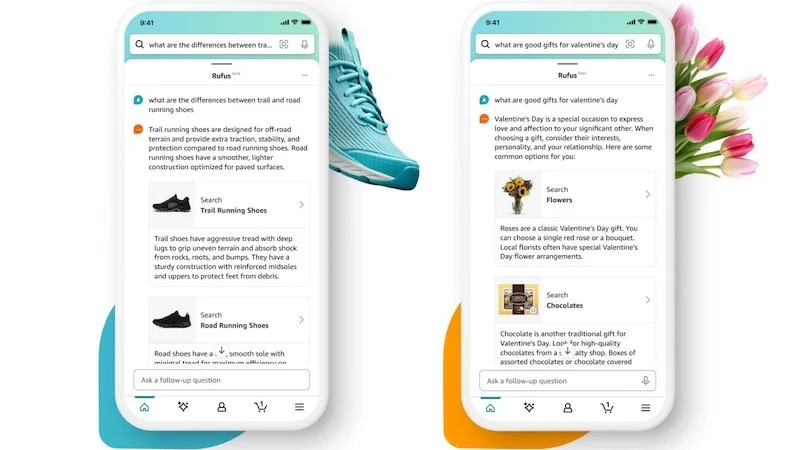Nine simple ways to collect your customer data
A recent study shows that today's world is data driven, and businesses that overlook this risk the possibility of falling behind.
Prioritising data can provide significant insight into your target audience. It can also help improve decision-making, eliminate operational inefficiencies, reduce risks and identify opportunities for fresh products and services.
As such, it’s essential to develop clear-cut strategies to collect and manage your customer data, to stay competitive. Why not follow the simple tips below to help you properly collect your customer data?
1. Try email newsletters
Creating an email newsletter is an excellent technique for collecting client information. Customers may often supply an email address and name during the newsletter signup. Then, using your email newsletter, you may acquire additional data.
For instance, you may ask them what material or content they'd want to see and which items or services they're most interested in. You can even utilise your periodicals to send one of your questionnaires from the previous suggestion to your readers. This way, you can provide tailor-made information your clients can engage with.
2. Blog subscriptions and registration
Now is a good time to start a business blog if you don't have one already. Your blog postings help you acquire useful information from your clients and prospects, assist your SEO strategy and nurture leads.
Consider allowing clients and other site visitors to sign up for your blog to be alerted when a new article is published. You can include a subscription form on your blog posts and web pages. When signing up for your blog, ask your readers for their email addresses and name at the very least.
Additionally, you may ask subscribers what blog subjects they want to see the most to understand your audience's interests and develop content accordingly.
3. Check customer buying history and interactions
You acquire transactional data every time a customer makes a purchase. A consumer's transaction history is often stored automatically by your PoS system or whatever platform you use to operate your website. Purchases, refunds, and payments are examples of transactional data, but it extends beyond that.
You may also gather data to monitor the keywords consumers used to discover the product they eventually purchased if they switched between items before selecting the desired one. You can also learn if they utilised a coupon code and possibly the source of the coupon.
This information may be used individually to identify customers who appear prepared for repurchase. However, combining data and examining the broader picture can be highly valuable in making product and sales decisions.
4. Turn to social media
Another excellent way to obtain client data is through social media. Many social media networks provide useful information about your target audience. For example, platforms like Facebook and Instagram have audience analytics services.
You may see when your target demographic is most active, demographics such as age and region, user interests, and so on. So, if you are yet to establish a social media presence, now might be the time to get one up to gather useful data from your audience.
5. Surveys
Surveys are an effective data-collecting approach that lets you get firsthand information directly from your clients. These might take the shape of generic surveys inquiring about the requirements and wishes of clients.
They will provide additional information about your client demographics and assist you in tailoring your marketing strategy and special offers for your customers. Personalisation is an excellent approach to improving your consumers' purchasing experiences, which may lead to greater customer retention and revenue.
After a purchase, surveys may be sent out with particular questions about the customer's experience with your online store. You can also make a lead generation quiz which might assist you in determining what your clients like and hate about your items and purchasing experience with you.
6. Cart abandonment
Your client cart abandonment rate can reveal much more than you would think. For instance, you may find out how many people who added things to their shopping basket left your site without completing a purchase.
You may also identify what interests them and may have found inexpensive elsewhere by looking at the products they saw before leaving the site. You can then engage them with marketing to convince them to finish their purchase by providing a bonus such as a coupon code.
7. Web tracking
Website tracking technologies can be one of the best ways to gather customer data.
Several website analytics solutions allow you to monitor data related to your site visits and existing clients. For instance, Google Analytics allows you to collect a wealth of information about your target audience and current consumers.
And this tool from the search engine giants allows you to monitor several data, including lead sources, website traffic, ads performance and audience demographics. Google Analytics is an excellent tool for gathering detailed information on your present customers and for gaining insights into the effectiveness of your marketing and sales tactics.
8. Chatbots
Collecting your customer data is simpler when you utilise chatbots throughout your website. Chatbots, which are artificial intelligence (AI) driven, may communicate with your consumers to answer their concerns and deliver answers.
Using chatbots, you may learn about your customer's pain points, which items or services they are most interested in, and what data they want on your website. Your chatbot may also collect more information from your clients by inviting them to complete surveys about their experience with the chatbot.
Inquiring about your clients' demographics, interests and experience with the chatbot is possible.
9. CRM software
CRM software is another customer data collection approach. It allows you to gather and store massive amounts of client data.
This software also enables you to automatically gather and save audience information when customers or prospects complete surveys on the site and contact your company. Additionally, you may utilise CRM software to monitor your sales success and consumer purchase history.
It's time to start now that you understand how to collect customer data. Ensure to gather the most useful data for your business and answer your queries. Gather data from as many sources as possible, including your website, marketing associates, and social networking sites.


























Continue reading…